Einstein 640 vs Profoto D1 w/ PhaseOne IQ {head to head}
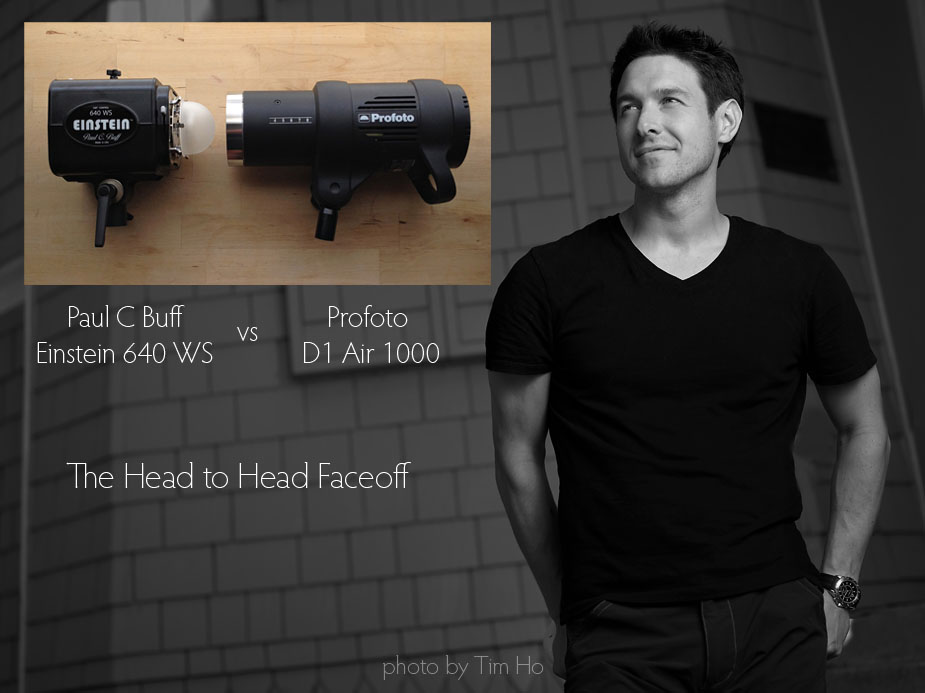
Two monoblocks, head to head. Which do I keep? (Read: Time to geek out)
Introduction
Ever since switching to medium format (MF) digital with the PhaseOne IQ 140, I’ve taken a closer look at which strobe is going to be my ancillary light source, specifically for creative portraits. When natural light needs a bit of supplementation, like for family formals on the wedding day, there’s nothing like a clean light source to making everyone look good, printing large, and creating both big albums and happy clients.
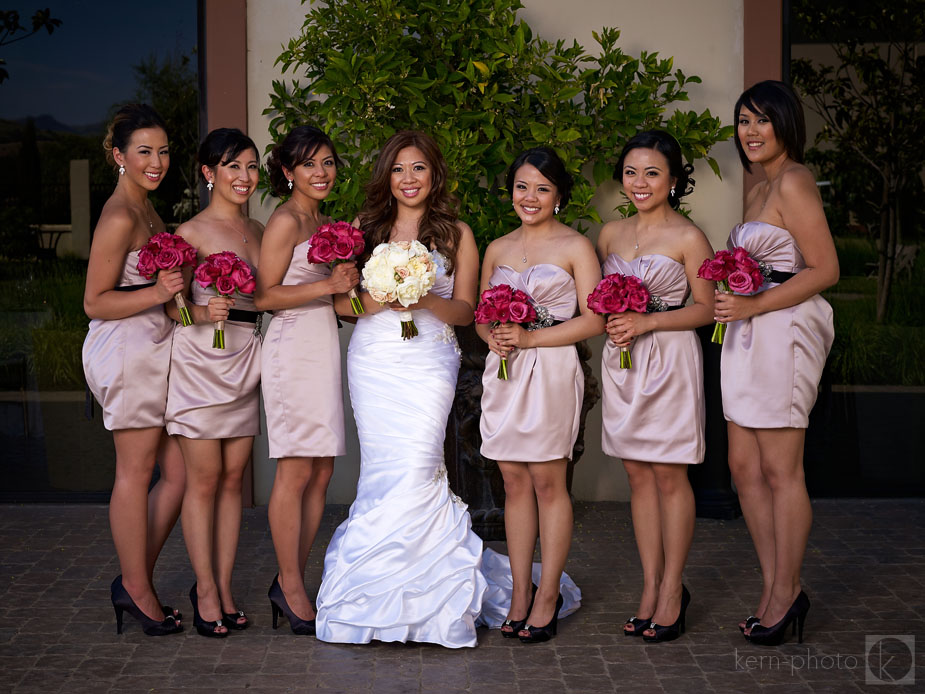
My search for a new strobe began with finding one with a short flash duration (1/1600th sync possible with PhaseOne 645DF w/ a leaf shutter and IQ digital back). So much of my creative work over the years has relied on off-camera lighting and has become a big part of my shooting style.
Most DSLR cameras use focal plane shutter. Leaf shutter technology helps to balance flash with daylight and overpower ambient lighting for drama. Leaf shutter lenses have been around for a few decades in Hasselblad and Mamiya models. However, they’ll be new to someone accustom to DSLRs. Common focal plane shutter systems found in the Canon and Nikon series will go up to 1/8000 sec, perfect for stopping motion. However, they max out at either 1/200 or 1/250 sec when using a flash. Medium format film systems like the Contax 645 or even the 40MP Pentax 645D are limited to a flash sync of 1/125. You need a much more powerful lighting system ($$$, heavy) and often in conjunction with neutral-density graduated filters (which are hard to view & focus). Leaf shutters trump this by using two shutter blades that pass quickly parallel to each other allowing just a sliver of light to reach the camera sensor.
Avoiding these complexities is what high speed flash sync is all about.
The problem: with most Pocketwizards you face a slow flash sync. Typical older models can’t go faster than 1/400 sec-1/500 sec. This allows you to trigger strobes reliably at said shutter speed. They won’t get to 1/800 sec or even close to 1/1600 sec needed to stop motion completely or nuke ambient light with small flashes.
An answer: PhaseOne partnered with Profoto to develop the V-Grip Air which acts like a vertical grip on a Nikon D700, but better. Sure, it improves ergonomics holding the 645DF and adds an extra battery, but that’s bonus. The real reasons to go with the V-Grip Air is that the Profoto system is the only one in the world right now that allows you to shoot at 1/1600 flash sync when used with a leaf shutter lenses, sans no high-speed trickery. (My painful gee-wiz radiopopper days are over). And you can do this all remotely without using Pocketwizards or sync cords when used with Profoto heads like the D1 Air. The Alien Bees get the Profoto Air transceivers which plug into the standard flash jack socket. Both are contenders in the arena for shooting at f/4 @ 1/1600 sec, ISO 50. This recipes allows me to create images like this, part lit portrait, part candid moment:
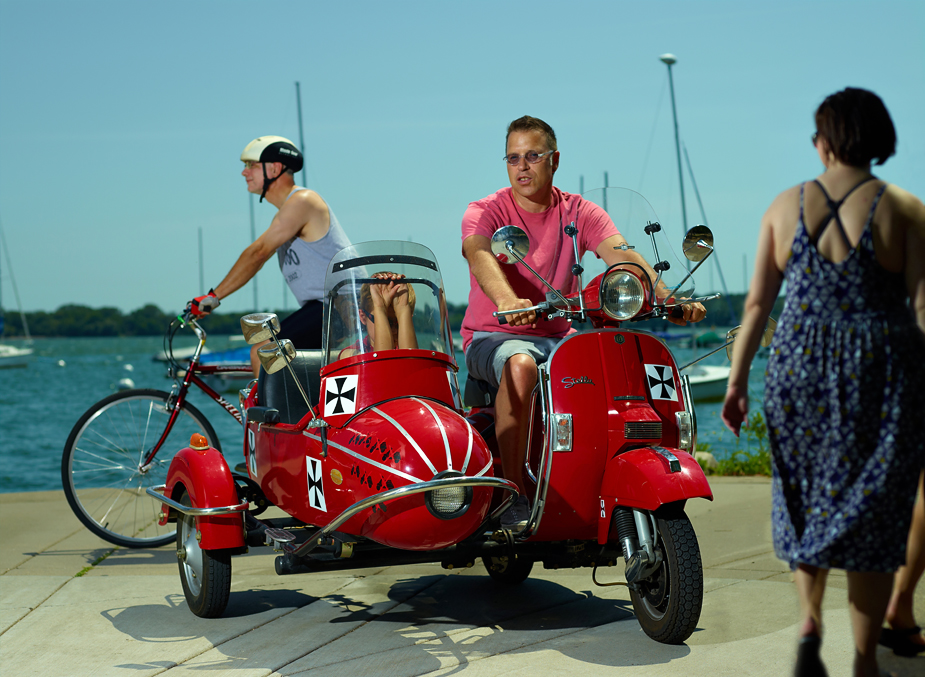
The solution lies in choosing big lights with short flash durations to rock with the Phase. Which is why I reviewed leading strobes;Paul C. Buff Einstein E640 vs Profoto D1 Air 1000.
1. Light quality
Winner: a tie. They both have ‘good light,’ consistent color temperature. Sure, legend has it Profoto light makes for smoother tonal gradations in the shadows yada… yada… yada. But I couldn’t see it. Actually, I saw the opposite. As I cranked up the power, color shifted more with the Profoto than with the Einstein. Comparing apples to apples with differing powered strobes isn’t the easy since there is an extra variable: power. But you can get close with bare bulb comparisons in the backyard, strobe at camera right 10’ away (F/4 @ 1/1600 sec, ISO 50).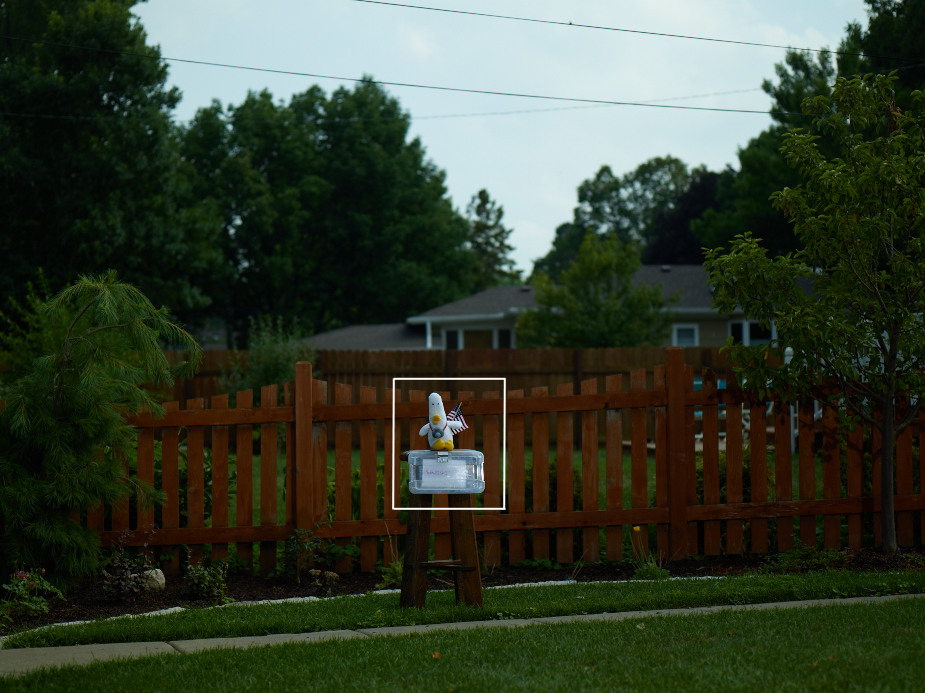
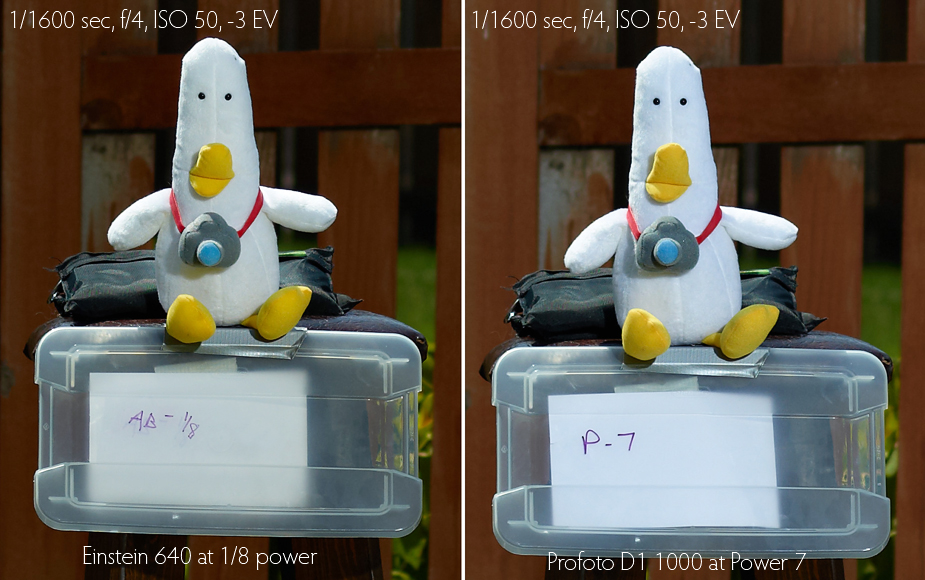
2. Flash duration
Winner: Einstein by a nose. Honestly, I expected a stark contrast between the two, but I could hardly see the difference after testing waterfalls and moving objects. Short flash duration is important when freezing movement like water droplets or an aerial model. Once you starting increasing power beyond 1/4 power, it takes longer to dump the power. Because the D1 is a larger unit, it can take 1/750 sec to dump the flash. That’s fine when you are shooting at 1/250. But when you’re at 1/1600 the shutter has closed before the flash has finished firing and you miss the entire flash output (dropping flash power down).
Flash duration increases with smaller capacitors, an unfair advantage with the D1 1000. So using similar sizes like the D1 500 or 250 would be more fair of a comparison.
I found a water fall and set my camera up on a tripod with flash camera left about 10’, then zoomed into an area where I could see freeze the droplets at 100%.
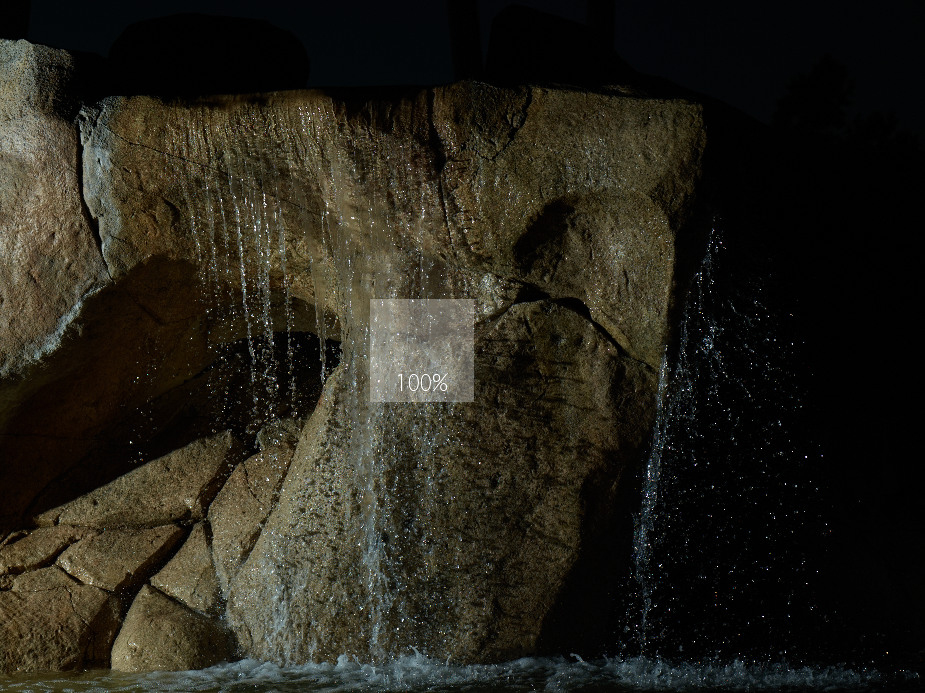
With the power on the Profoto D1 1000 to a power level of “9” I could get f/5.6 at 1/1600 sec. Notice the droplets are not quite frozen and there is a slight magenta color shift (you don’t expect that with a $1750 flash).
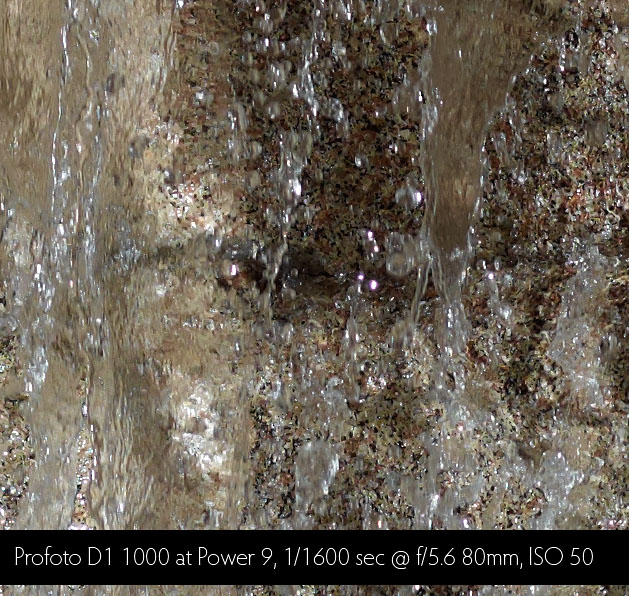 Using the Einstein in “Action” mode at 1/1, I got a very close 5600K with sharp droplets at camera settings typical for my use in bright overhead sun. Note the slight color shift:
Using the Einstein in “Action” mode at 1/1, I got a very close 5600K with sharp droplets at camera settings typical for my use in bright overhead sun. Note the slight color shift:
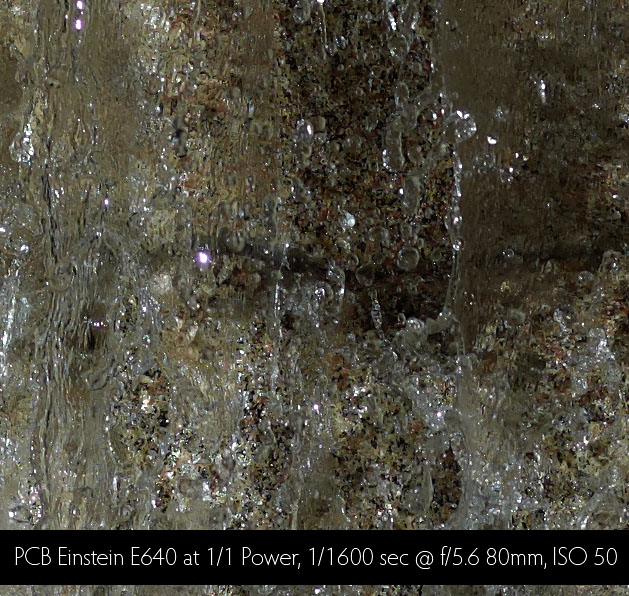 3. Overall Power
3. Overall Power
Winner: D1. While, power becomes less of an issue with a faster flash sync, the extra stop or so of light can be helpful. If a greater depth of field is needed, then I can boost the power to f/8 or f/11. On a Canon, what would take f/11 at 1/200 to match ambient, with the PhaseOne I can drop the ISO lower, shoot at f/4 at 1/1600 and kill ambient by 3 stops at the same flash power. That’s like jumping from a 250 W/S – 2000 W/S. Speaking of power, both work just fine on my Vagabond Mini-Lithium which can charge my iPhone, iPad, and MacBook Pro on long flights.
Here’s where something interesting happens: When I set the power on the Profoto to 9, take and shot, turn up the power to max setting (10), the images look identical. Why? It’s because the extra power is still being forced out of the strobe after the shutter has closed. This is why fast flash sync is important. You can pay the extra money for the more powerful strobe, but you’ll never see it at 1/1600 sec.
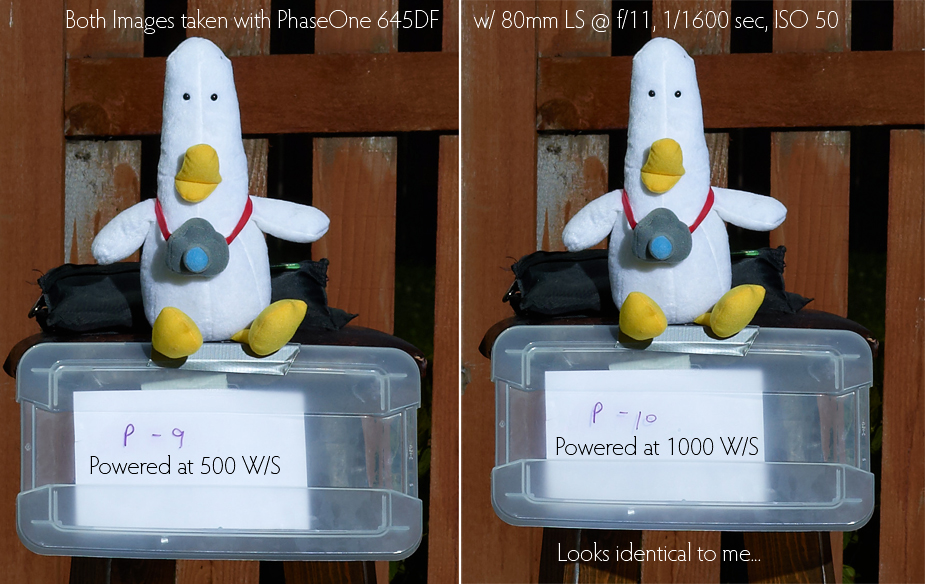
We got serious with our backyard testing. I went manly with the girly bike:
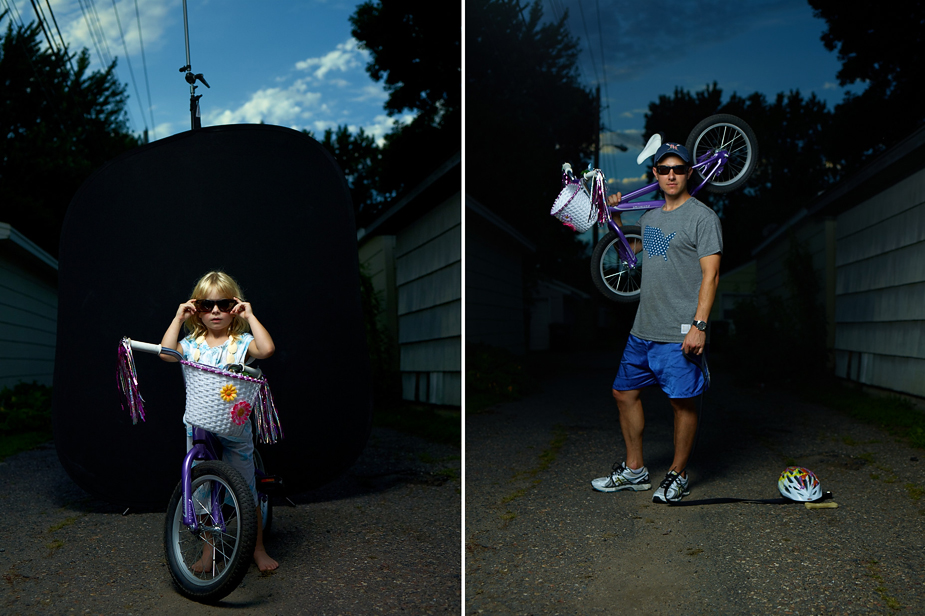
Behind-the-scenes, thanks to Rach. Using ring flash for on-axis fill adds a kick of light in the shadows which I share more about in this blog post and the redux here.
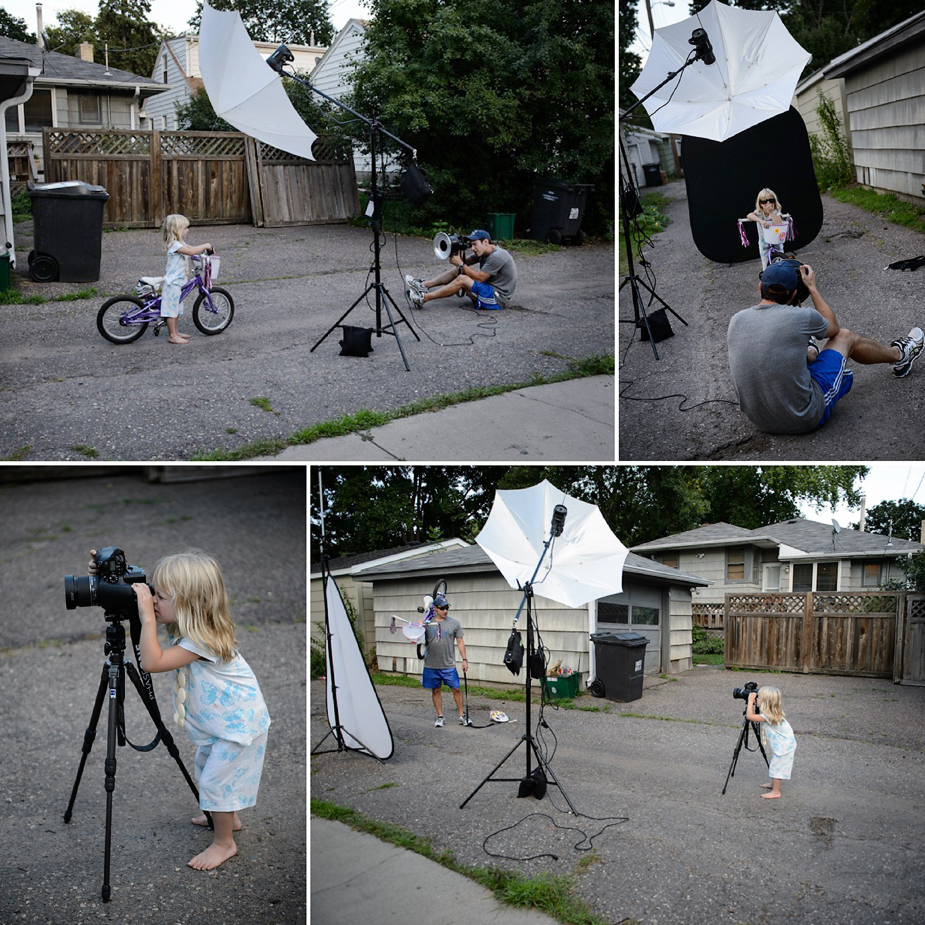
4. Power Adjustment
Winner : Einstein. For close-in portraits, I usually work in pretty tight and need to dial down the power not to overexpose. This is difficult with the D1. Granted, you can wirelessly control multiple heads with the Capture One Air plug in through the computer, but you can’t dump power easily and shoot at 1/64 like the Einsteins. In general, with a Softlighter II, yields a stunning combination for a Santa Claus look-alike with strobe powered down (Shot by my test-shoot buddy Tim Ho with the PhaseOne IQ 140, 80mm LS, f/3.2, 1/1000 sec, ISO 50). Notice the super shallow depth of field, even at 3.2 (which is like 1.9 on a 35mm DSLR format).
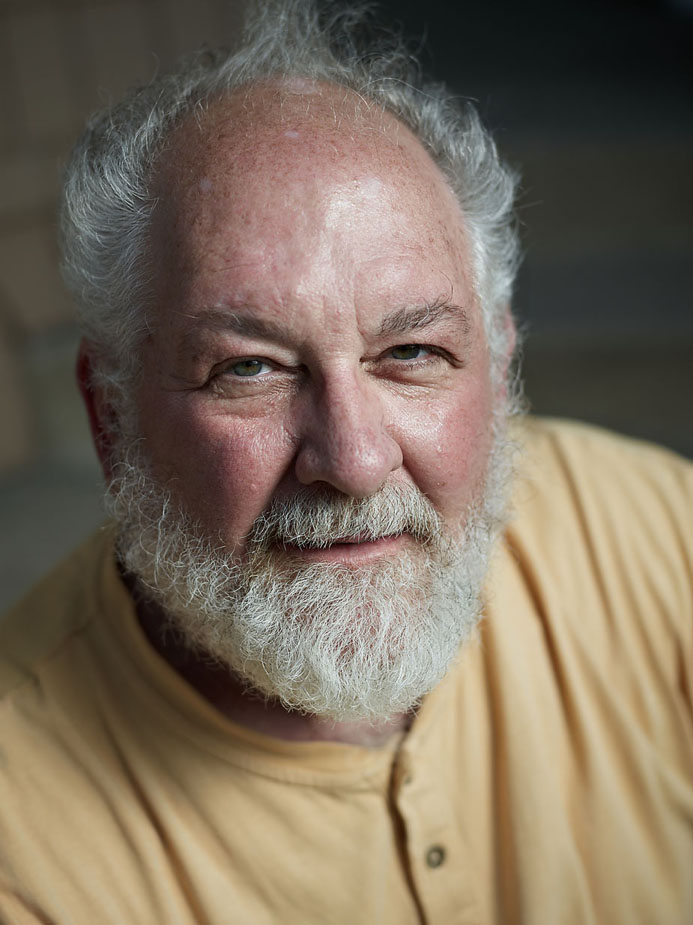
Beard, at 100% (a new fine art series?):
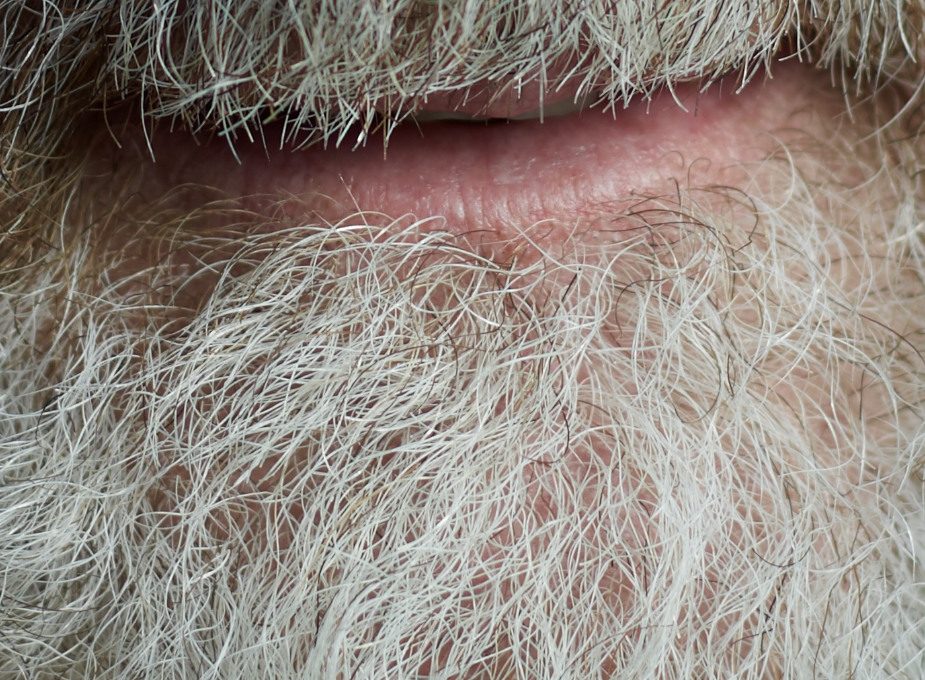
5. Risk
Winner: Einstein. Nothing beats a strobe for consistency- or risk. It’s a good idea to have a backup at hand in case they come crashing down and smash. In that case, durability concerns should be at the top of your mind. As should be the cost to repair. This is where the Einstein rules the roost. Dealing with products made in the good old US of A is a wonderful thing, especially when they are Nashville nice and can send you along with new flash tube for $15. Smash a D1 flash tube, you’re out $150. And that’s if you are lucky. D1 repairs can exceed $500. Paul Buff gives you 60 days unconditional return policy, better than REI in my book. Here’s where I end up taking my gear… to the dusty playa environs like Burning Man.
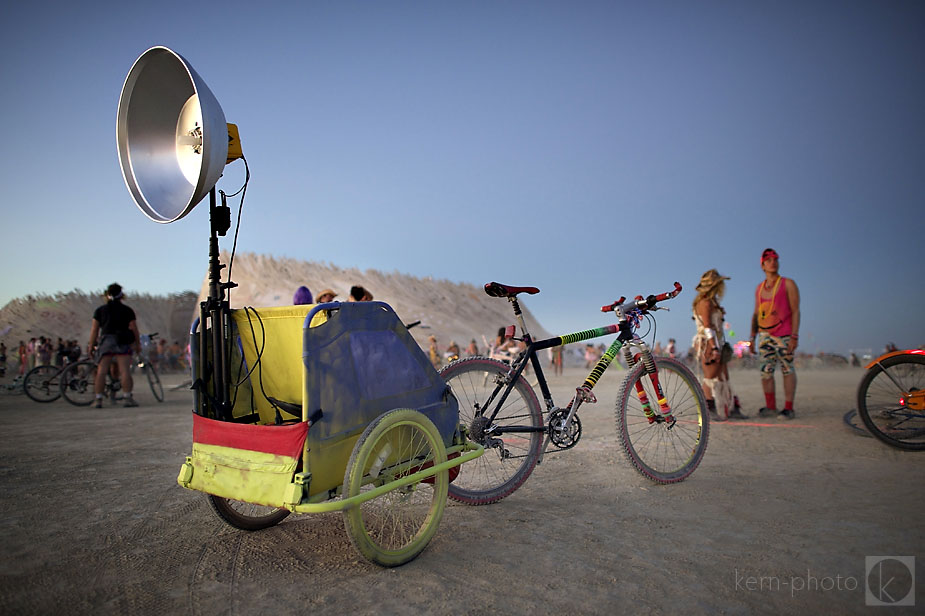
6. Customer Service
Winner : Einstein. There’s nothing like a little Nashville charm. They even answer their phones 2 minutes before closing, ship quickly, and even sent me out a free replacement part for my beauty dish.
7. Weight
Winner: Einstein. Even though I wouldn’t need to pack an extra Pocketwizard or Profoto Air-transceiver unit with the 6.5lb D1, I bulky extra 1.5 pounds took more than Think Tank International bag that I want and makes it more risky to use high up on a light stand or boom. The lower power D1 units (250 and 500) are the exact same size, albeit slightly lighter.
8. Brand & Inspiration
Winner : Tie. I don’t think anyone has judged me for the flash equipment I use. Sure rental houses standardize on Profoto, but I could easily own PCB gear for what it would cost to rent Profoto. Plus, I don’t want to be a guy in a Porsche when a VW suits me. But, the Profoto beep sounds cool. And Annie uses them.
Light inspires me. Always has. So much of my art using the photography medium is about exploring with light, fully embracing it. Sometimes I light paint. Sometimes shoot with huge strobes. At the end of the day, light is just another tool in a photographer’s creative kit.
This lighting test inspired me to create a series of portraits of Willy.
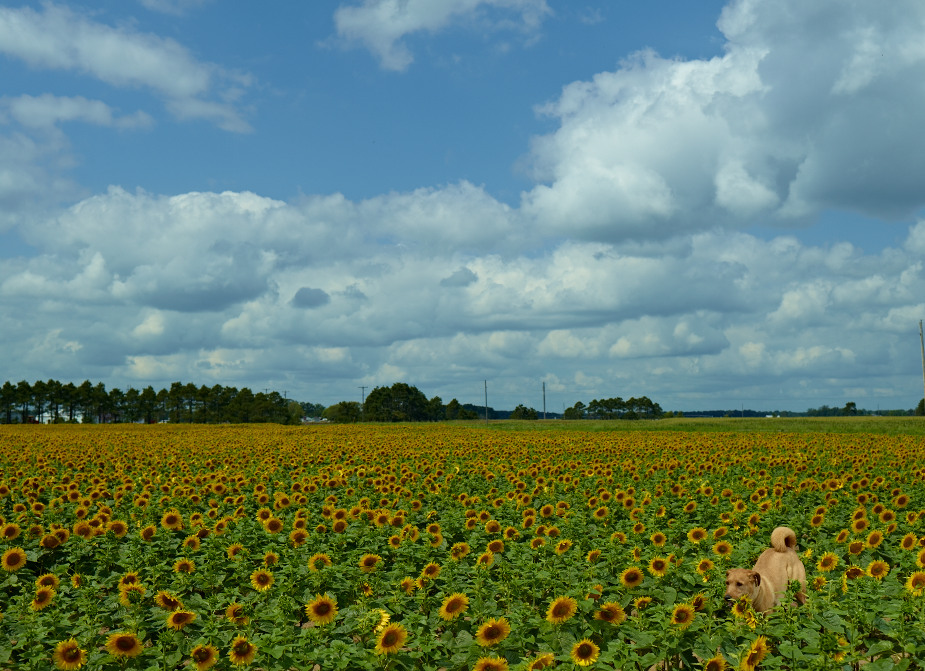
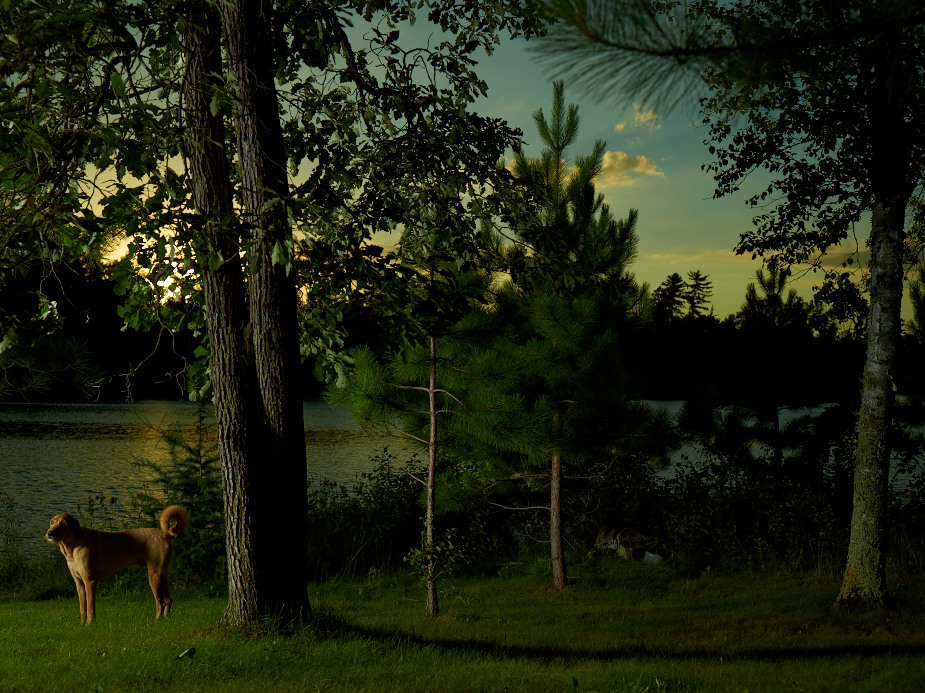
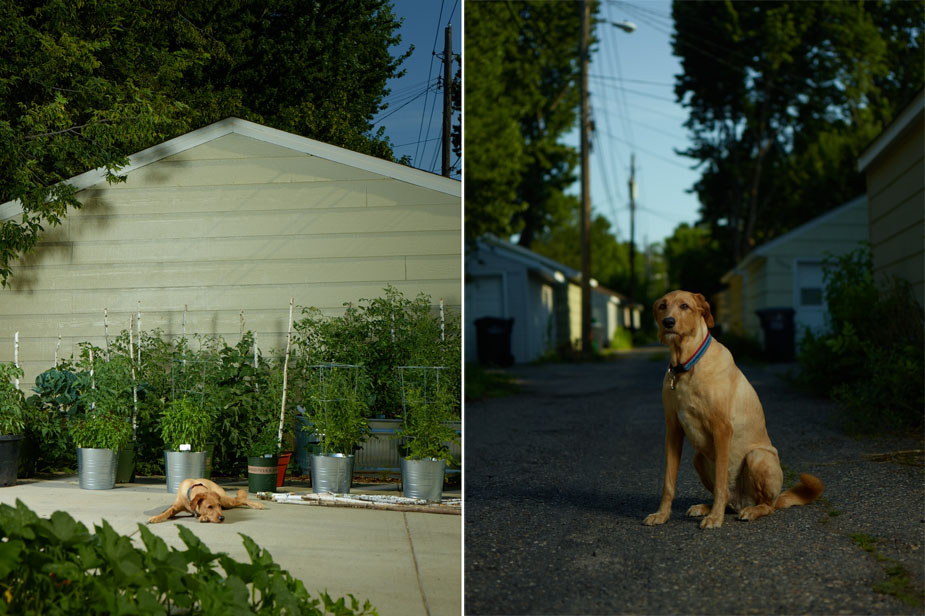
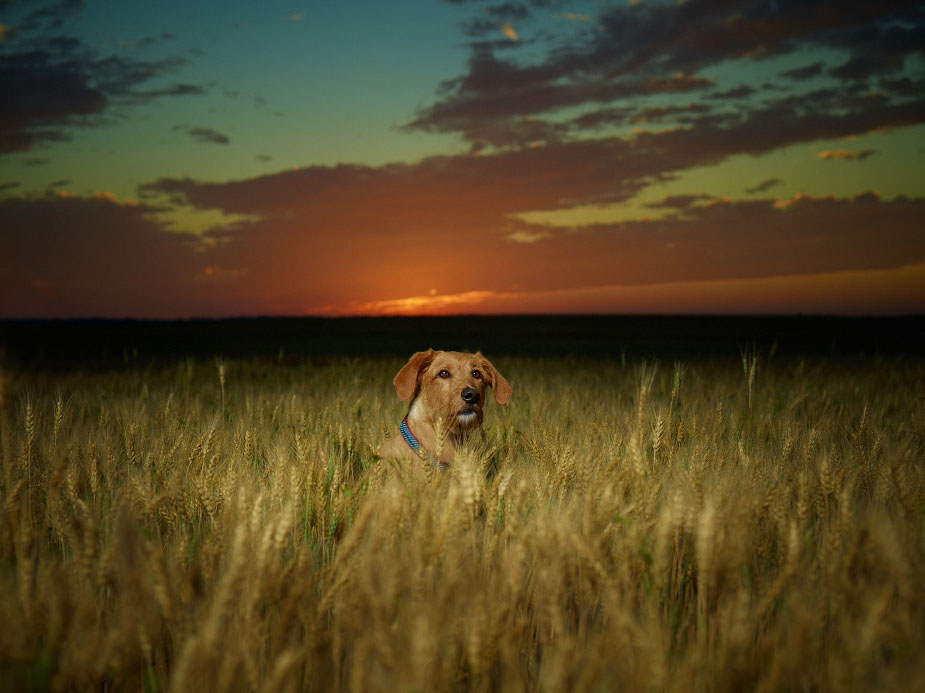
9. Modifiers
Winner: D1. This is what makes Profoto really stand out: they’ve got some really expense flash modifiers, built well. After all, they are the “Light Shaping Company.” When you own any flash, you are buying into the ‘system’ which includes modifiers, cords, adapters, accessories, ad nauseam. Since I already had a Alien Bee compatible beauty dish, soft box, and a pair of 1×4 gridded Creative Light strip banks (which I love), I’d have to dump my old stuff speed rings to purchase new speed rings if I went with Profoto for about $150 a pop. No fun on the hassle factor.
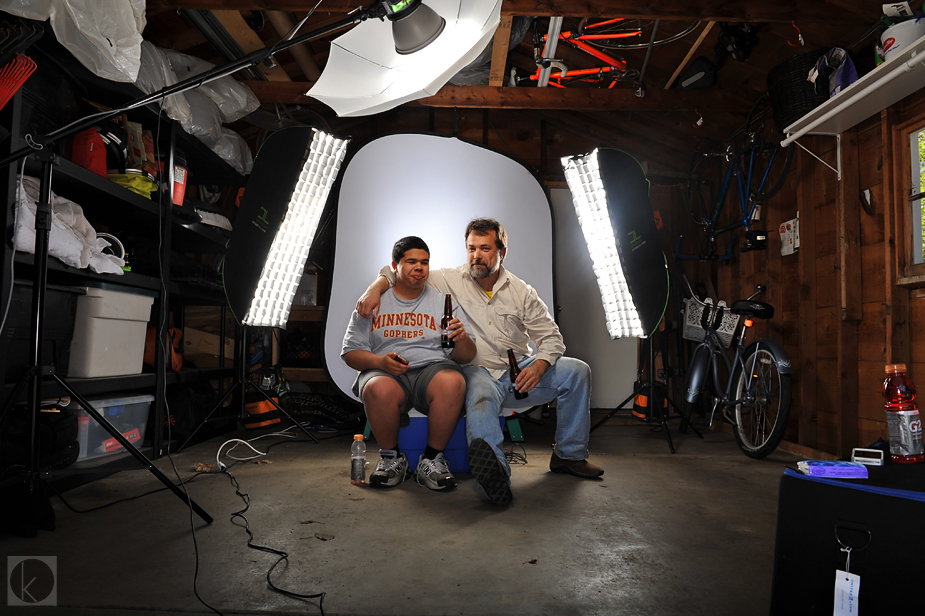
10. Resale value
Winner: D1. Profoto gear retains value over time like fast aperture glass and occasionally have deals, especially if you are a student. The Paul Buff stuff will most likely depreciate like a camera body, but can be traded up. Likewise, if you decide to purchase more than one Einstein, you get a larger percentage off accessories.
11. Overall Design & Build Quality
Winner: D1. Precision engineered with knobs, simple buttons a luddite would love. I love the fact that the V-gip air talks directly to the strobe, sans Pocketwizards! Wireless bliss works better than an AT&T iPhone. No transceivers, pocket wizards, batteries, or dead sync cords. Eliminating a single point of failure goes a long way when Murphy’s Law creeps up (I still need to replace 2 dead sync cords in my bag). The D1’s knobs are difficult to see in dark rooms vs the super bright computer screen on the Einsteins. Conversely, the D1 is easy to see in overhead sun whereas the Einstein you have to squint to read the computer screen in direct sun. The glass dome on my Einstein broke on it’s first trip even with the plastic bulb protector in place (flash still works fine). The Profoto D1 comes with a laser cut foam packing material. Nuff said.
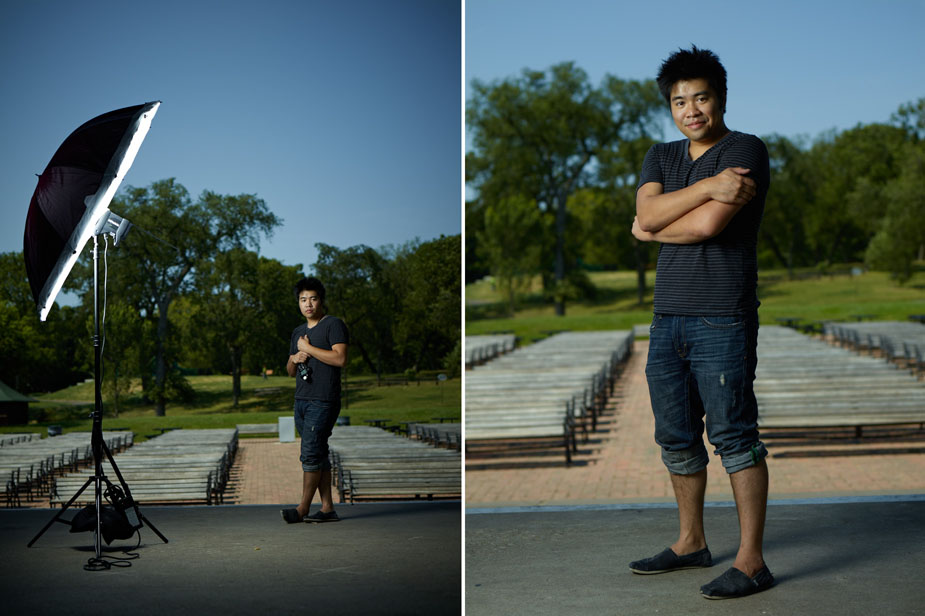
12. Cost
Winner: Einstein by a landslide. Like a new MacBook Pro, the D1 smells expensive. It should, for $1750. Paul C Buff did an amazing job creating a strobe under $500 than does more than a $500 speed light and is very competitive with strobes 3x more expensive. It kills a $500 Nikon SB-900 when it comes to power. The D1 is overpriced. I can think of a lot I can do with that extra $1250, like go to Burning Man. While both came with an extra fuse, a spare modeling light bulb and sync cord ships with the Einstein. That’s like a $47 Profoto value, or nice night on the town with my wife.
So many images can be made without any flash:
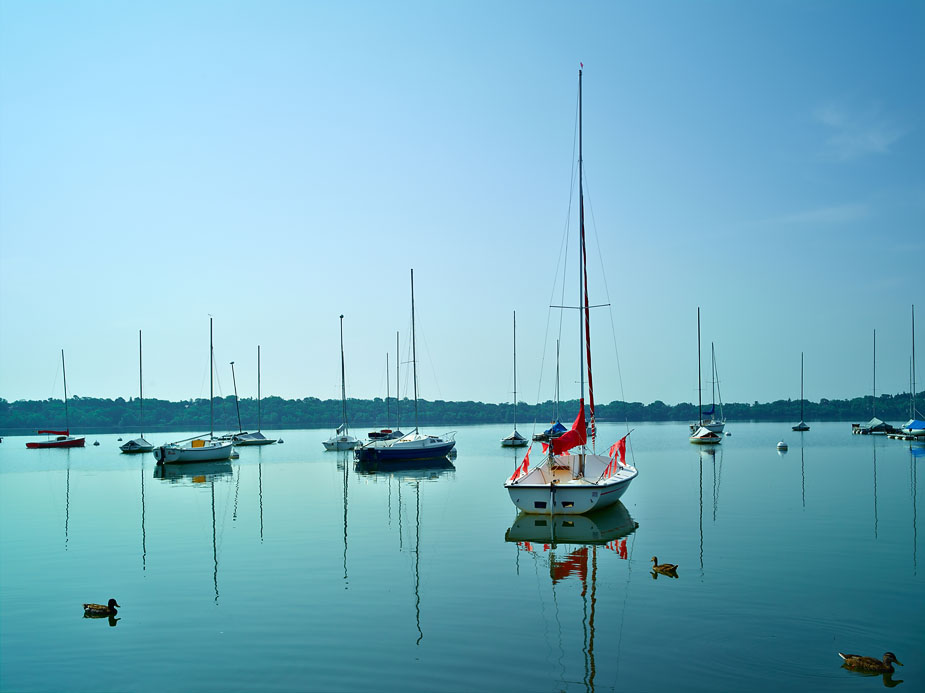
Conclusion / Recommendation
It’s easy to obsess about Profotos, thinking more expensive gear will help make better pictures. It doesn’t. It’s easy to study with Liebovitz, Chase Jarvis, Drew Gardner or Joey L, thinking “That’s what I need.” When in fact, light is light.
These are both good flashes by pro standards, yet have a clear audience:
- If you are a working pro and want the best, go with the D1. They are a solid piece of equipment that will carry their value for the next decade.
- If you are considering moving up from Alien Bees, choose the Einstein. The Einsteins do “more” when it comes to faster flash durations, granted at the expense of power. But you are probably a DIY hack strobist already and can flaunt frugality, relish in saving by using current modifiers with ease, and even flash tubes and fuses. You can invest the savings into other parts of your business like attending a workshop or conference or pursuing personal work.
- If you happy with using “Speedlights” and don’t have another flash, go with the Einstein. Every portrait and wedding photographer needs at backup flash and at least one strobe when a large depth of field is needed. Plus, these are much easier to learn and use than Speedlights and cost about the same.
The final word
I returned the Profoto D1 Air, compliments of my awesome dealer, Capture Integration. The Einstein remains the strobe of choice in my destination wedding photo bag.
Special thanks to Willy, for being my model. For my wife, Krista, for being the best companion and allowing me to geek out. She gets the credit for this shot (love the shutter blur, actually):
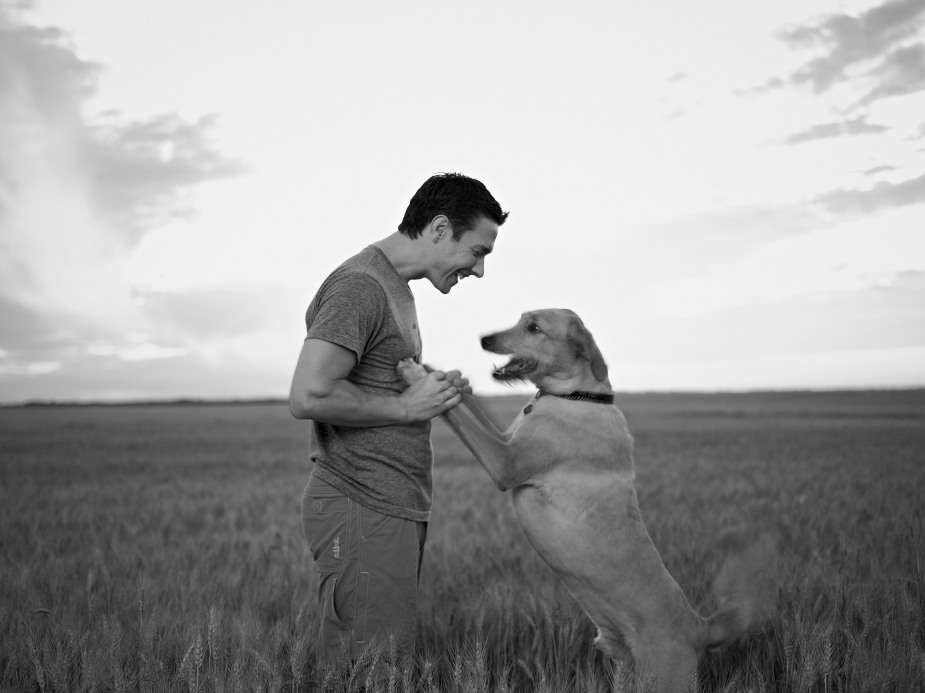






Pingback: Denby & Henni {Sneak Peek} | Kern-Photo
Pingback: Burning Man 2012 Photo Tips: See You in BRC | Kern-Photo
Pingback: Lighten Your Load {4 Tips on Reducing Gear on Shoots} | Kern-Photo
Pingback: The Profoto D1 Air & PhaseOne V-Grip Air Review | Burning Man Family Photos | Kern-Photo
Pingback: What are the good brands to get for Monolights? - Page 4
Pingback: BA (hons)